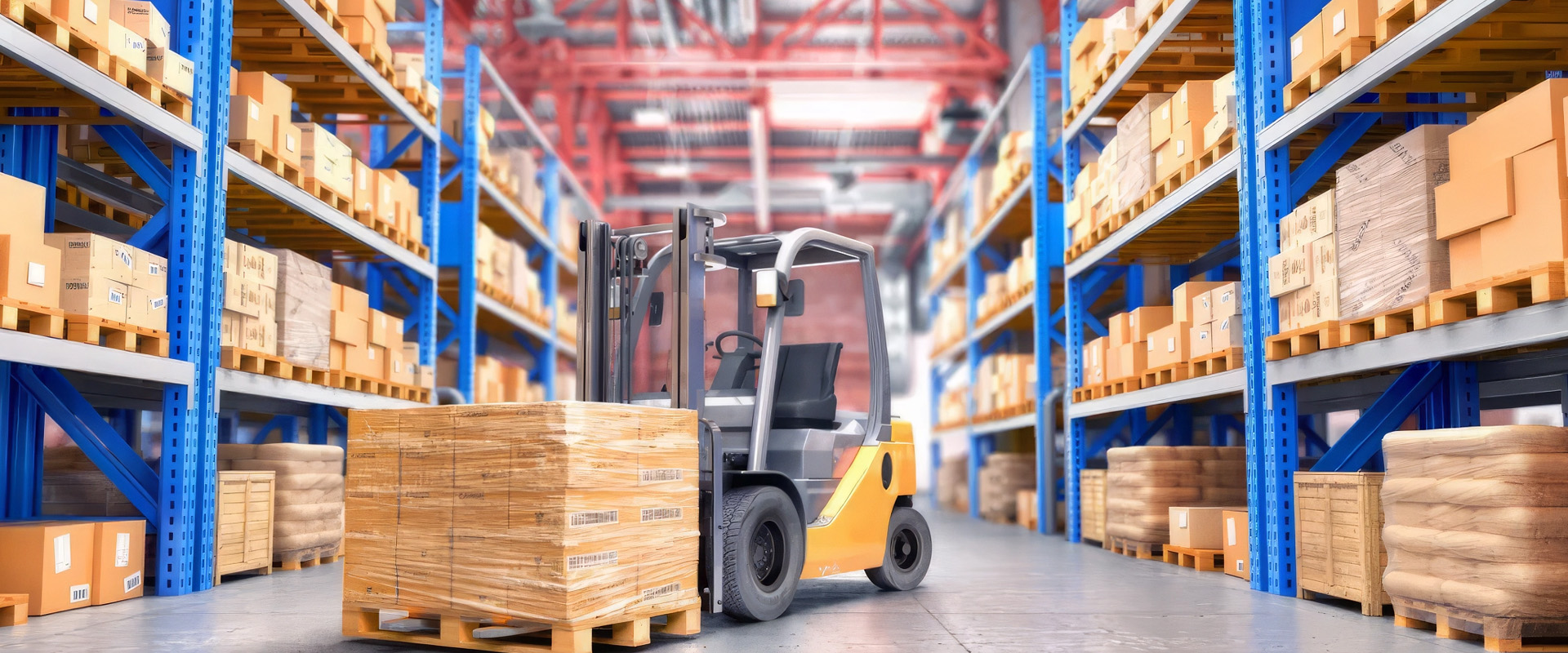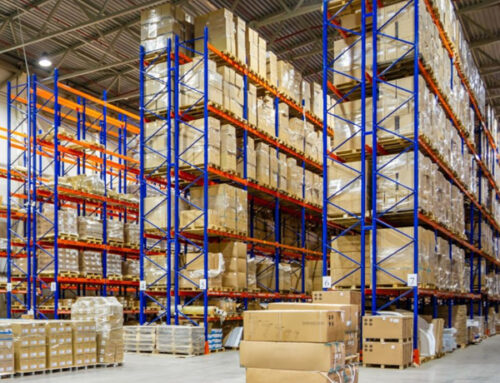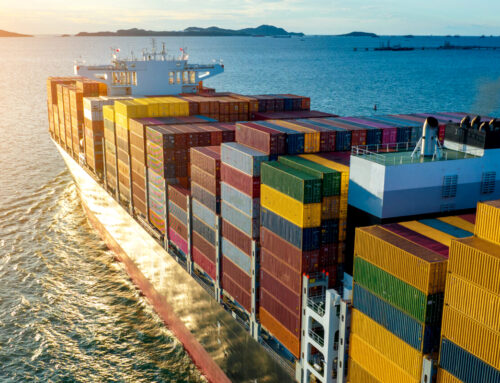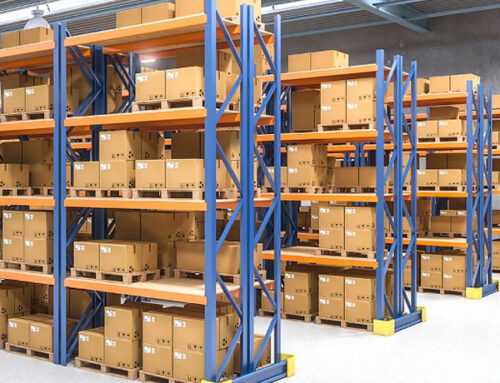1PL~5PL represent different levels of logistics service providers. Here’s a brief introduction to each level:
1PL (First Party Logistics Provider): This refers to situations where the shipper manages and executes its logistics activities directly. The shipper is responsible for transportation, warehousing, distribution, and other aspects without relying on external logistics companies.
2PL (Second Party Logistics Provider): A second-party logistics provider is a carrier that typically offers transportation and transportation management services to the shipper. These services may include freight movement, transport equipment, loading and unloading, and shipment tracking.
3PL (Third Party Logistics Provider): Third-party logistics companies offer a broader range of logistics services, such as warehousing, distribution, order fulfillment, inventory management, and transportation. 3PL companies typically possess logistics expertise and provide comprehensive logistics solutions to clients.
4PL (Fourth Party Logistics Provider): Fourth-party logistics companies act as integrators and coordinators of logistics services, often without owning transportation assets. They are responsible for integrating multiple 3PL suppliers, optimizing the supply chain, and offering strategic logistics planning and management.
5PL (Fifth Party Logistics Provider): Fifth-party logistics represents a higher-level logistics model involving more in-depth strategic planning and management. It usually involves the integration of multiple 4PL and 3PL providers, along with more complex supply chain solutions encompassing strategic, technological, and operational aspects.
These levels represent different types and degrees of logistics service providers, allowing businesses to choose the appropriate level based on their needs to achieve optimal supply chain management.







评论